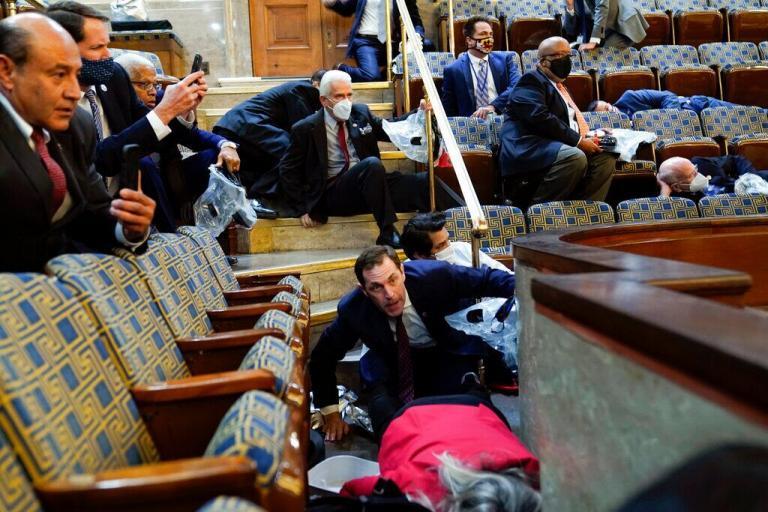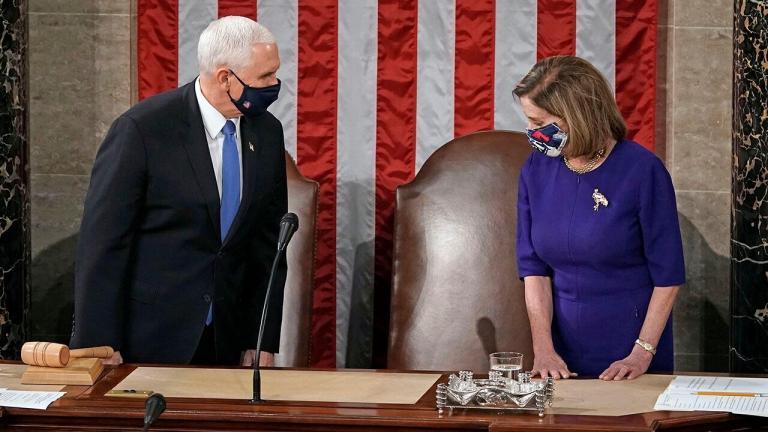When you’re hustling, time is money and that money comes in coins, not bills. It’s why we made our Website Terminology Glossary for web pros. This free resource for designers, developers, marketers or anyone else makes it easier explaining technical stuff to clients.
Rather than a lengthy back-and-forth, quickly look to this website design glossary to break it down in real terms. Start getting time back, and put more of those coins in the bank.
Website Terminology Glossary: Website Design, Vol. 1
Getting clients to adopt the language you understand helps head off some cringeworthy moments. When something “just needs more pop,” good communication can make all the difference.
Understanding these terms should let clients describe what’s in their mind using language you, the person building their site, can understand. Hopefully, this website design glossary helps.
Above the fold
We place a website’s most important content or above the fold, where visitors will see it without having to scroll down the page. For example, if submitting a form is desired, give that form a place high on the page, along with content encouraging visitors to interact with it.
It’s kinda like
This expression comes from the days of printed newspapers. Readers wanted to see the day’s most important news without flipping open the broadsheet. It’s why lead stories were printed above the crease where the paper was folded in half.
You also might hear
user experience (UX), placement
Breakpoints
Breakpoints determine when the layout of website content will shift to accommodate devices of different sizes. Modern websites are able to detect the size of devices that visitors are using. Breakpoints can be added through a default setting or manually by the designer.
It’s kinda like
A basic if-then argument uses conditions like, If you give me a dollar, then I will give you an apple. With breakpoints, the argument becomes, If a device is that size, then we use this layout.
You also might hear
responsive design
Call to action (CTA)
CTAs are text on a website button encouraging visitors to take a desired action. For example, if you wanted visitors to schedule a call, the CTA placed near the contact form might read, Schedule Now or Let’s Connect. Because CTAs are such important parts of a website, much thought should be given to their writing and placement.
It’s kinda like
Imagine you were allowed to use only a few words to convince someone to take an important action. Those few words would be your CTA.
You also might hear
button, conversion, click-through rate, clicks to submissions, views to submissions
Footer
The section at the very bottom of a web page is called the footer. Usually it contains content that’s universal to the website, like links to other pages, or contact information. However, a footer can usually be customized page by page, if desired.
It’s kinda like
The very bottom of news releases display general information about the organization, in a section called the boilerplate. Footers are like boilerplates for website pages.
You also might hear
module, blade, section, below the fold
Hypertext markup language (HTML)
HTML is a language in website design that determines structure and layout. In the past, it was commonly used for the appearance of website content, but today has been mostly replaced by other languages. When the layout of a page appears “broken,” it’s often due to an error in the HTML.
It’s kinda like
Before you add paint to the walls of a building, you first must put studs in place to build a framework. HTML creates that basic framework for web pages.
You also might hear
markup, Adobe Dreamweaver, text editor, cascading style sheet (CSS), JavaScript, broken html
Marquee
The section on a web page placed above all the other page content is the marquee. It generally displays content that’s easier for visitors to take in, such as images, headlines and sometimes buttons. Most designers will agree we should avoid using lots of text in a marquee.
It’s kinda like
As we speed along a highway, billboards display content designed to leave an impression in those fleeting seconds. Website marquees provide a similar experience.
You also might hear
header, hero, above the fold
Module
The layout of modern web pages is generally divided into sections called modules. It’s advantageous when content needs to be added or moved to a page in later stages of development. Modules can usually be added or moved quite easily.
It’s kinda like
If you made a sandwich but realized it wasn’t going to satisfy your craving, you might add another piece of bread with more lettuce and tomatoes. That type of “add-on” ability makes the module essential in web design.
You also might hear
blade, section, page element
Navigation
Usually located at the very top of each page on a site, the navigation is made up of links to the various places on the website. It typically looks the same from page to page, with the only difference sometimes being an indicator of what the page a visitor is on. On mobile devices, the navigation often displays as horizontal lines stacked on top of one another.
It’s kinda like
Large malls and shopping centers place maps throughout the property showing where the various stores are located and where the shopper is in relation to them. Website navigation works the same way.
You also might hear
nav, hamburger, menu, drop-down
Sidebar
Located at the far left or right on a web page, sidebars let you emphasize content by isolating it from other stuff on the page. For example, if a page described cleaning services, a sidebar could be added with a contact form to book a sales call. Sidebars can also display content like contact info, which is relevant for every page of a site.
It’s kinda like
During performances, speakers sometimes pause the action to address the audience. Sidebars are like a digital version of this.
You also might hear
module, blade, marquee, footer
White space
White space refers to areas of a web page that don’t display any content at all. Because it makes viewing content much easier, it’s important not to overlook white space when creating web pages. Otherwise, content packed densely on a page tends to deter visitors.
It’s kinda like
White space is also a key design element in publishing. If you expected a magazine to provide a breezy read but instead found each page packed with thousands of words, you’d probably put it down without reading.
You also might hear
user experience (UX)
The post Website Terminology Glossary: Website Design, Vol. 1 appeared first on GoDaddy Blog.
Originally found on GoDaddy Garage Read More







